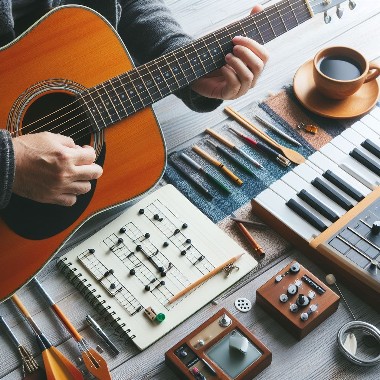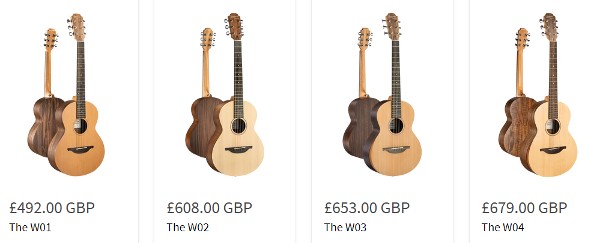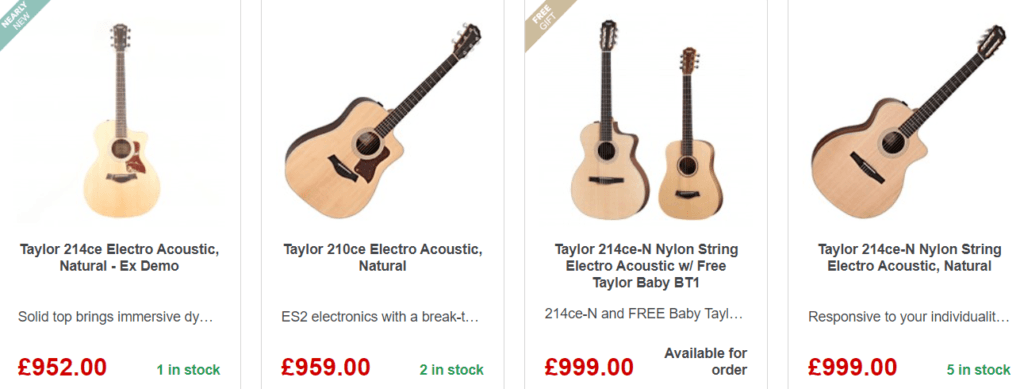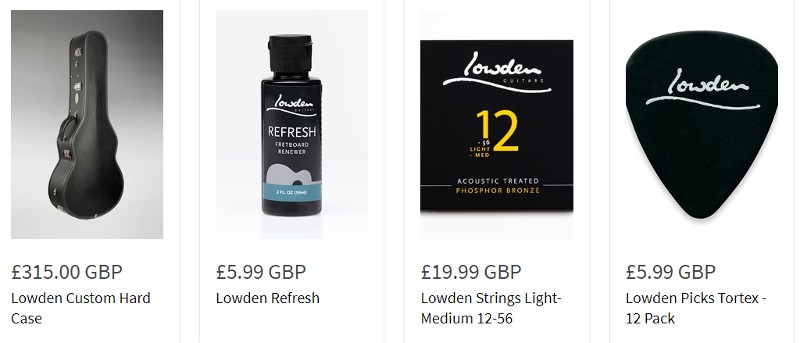Learn to Play Guitar Chords: A Beginner’s Guide
Learning guitar chords is the foundation of playing the instrument. Here’s a beginner-friendly guide to get you started on mastering the essential chords:
1. Start with Basic Open Chords:
Beginners usually start with open chords as they are played at the first few frets and use some open strings. Common open chords include C, G, D, A, and E.
2. Understand Chord Diagrams:
Chord diagrams visually represent where to place your fingers on the fretboard. Each circle corresponds to a finger, and numbers indicate which finger to use.
3. Practice Proper Finger Placement:
Ensure that each finger is placed behind the fret and not on it, allowing the string to vibrate freely. Press down on the strings with the tips of your fingers.
4. Master the Basic Major and Minor Chords:
Major chords often sound bright and happy, while minor chords have a sadder tone. Practice chords like C Major, A Minor, G Major, E Minor, D Major, and so on.
5. Use a Metronome:
Practice changing between chords at a slow and steady pace using a metronome. This helps with timing and coordination.
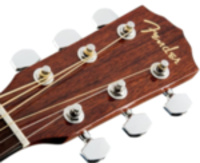
6. Learn to Strum:
Combine your chord practice with strumming. Experiment with different strumming patterns to add variety to your playing.
7. Play Simple Songs:
Start with songs that use basic chords. Many popular songs have straightforward chord progressions, making them perfect for beginners.
8. Practice Transitions:
Focus on smooth transitions between chords. Pay attention to any common fingers between chords to make the transitions more seamless.
9. Explore Barre Chords:
As you progress, introduce barre chords. These chords involve using one finger to press down multiple strings, allowing you to play a variety of chords up and down the neck.
10. Patience and Consistency:
Learning chords takes time and patience. Be consistent with your practice, and don’t get discouraged if it feels challenging at first.
11. Use Online Resources:
There are plenty of online tutorials, videos, and apps that can guide you through chord learning. Take advantage of these resources for visual aid and practice.
Remember, the key to mastering chords is regular practice and a patient approach. Enjoy the process and celebrate each chord you conquer!
#GuitarChords #BeginnerGuitar #LearnGuitar

